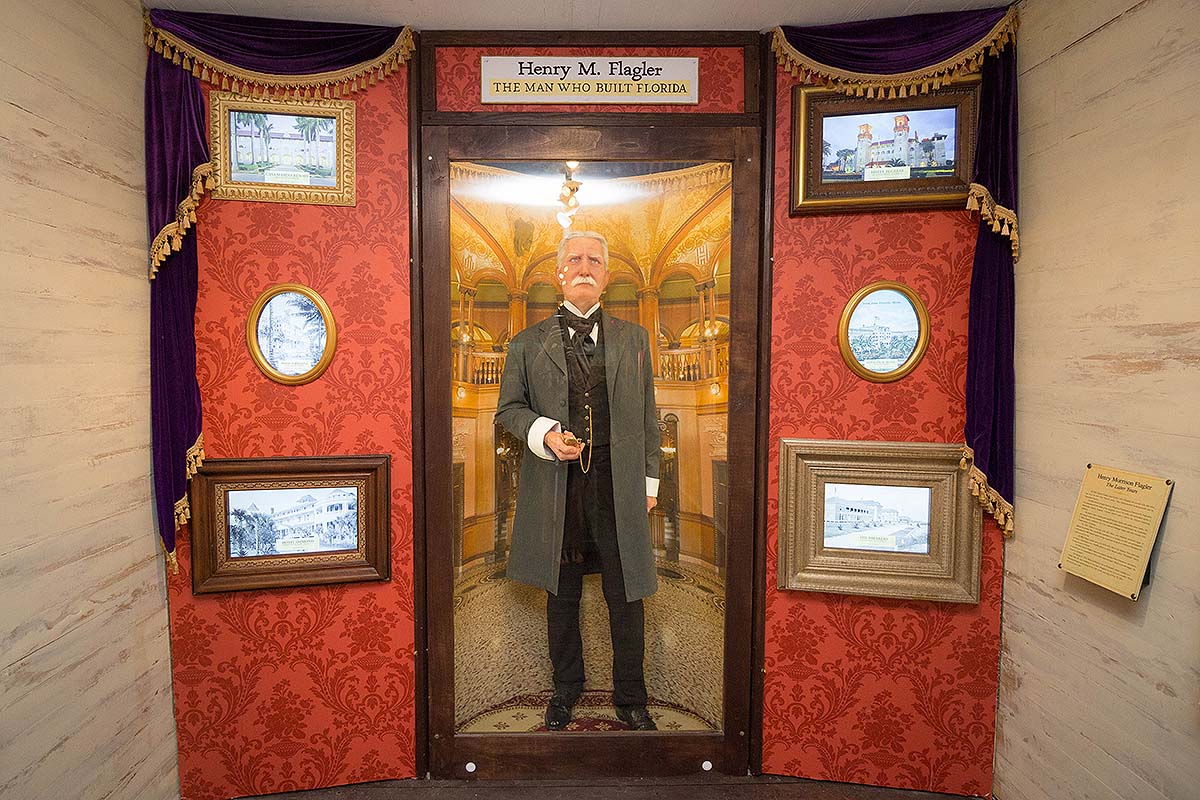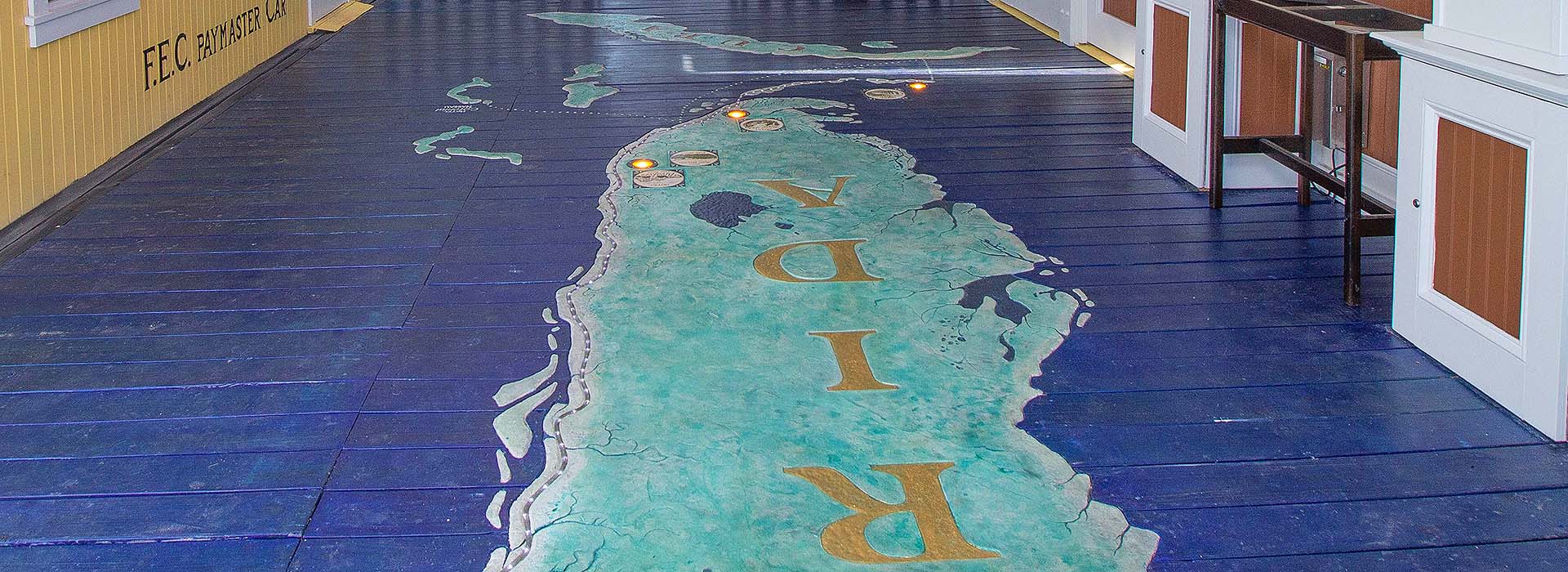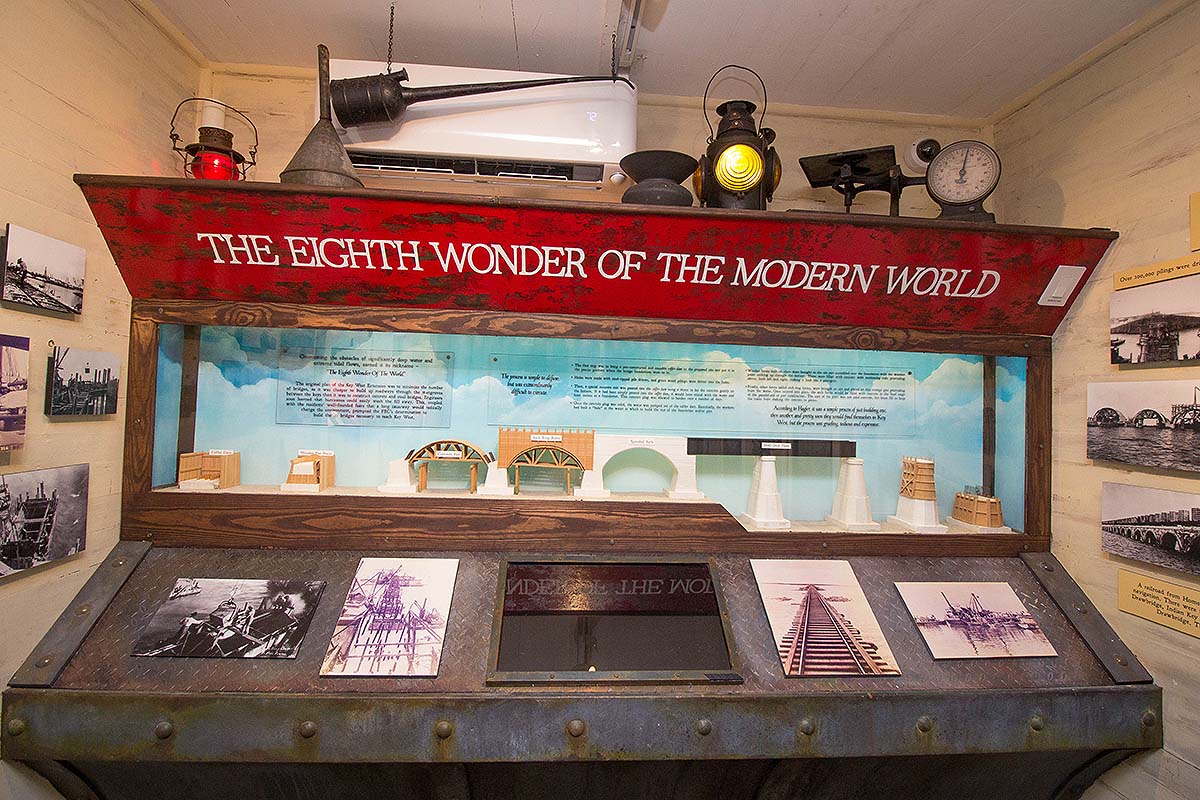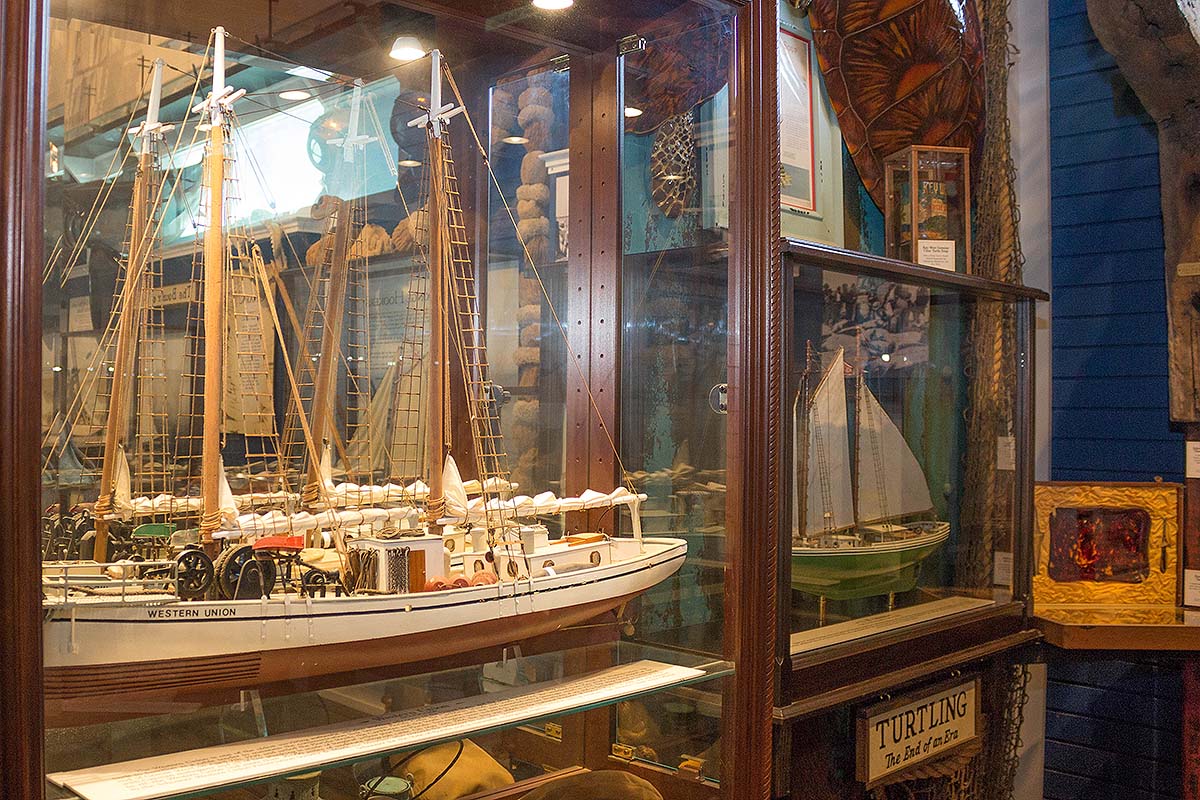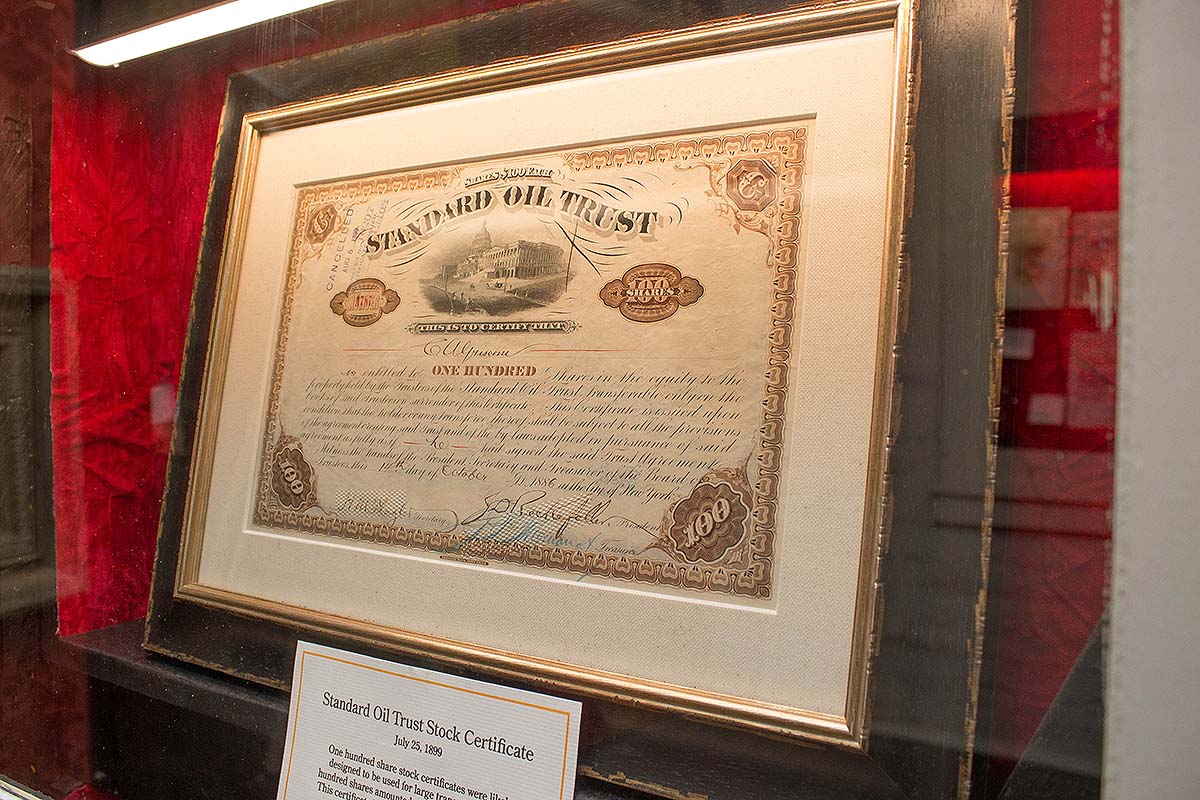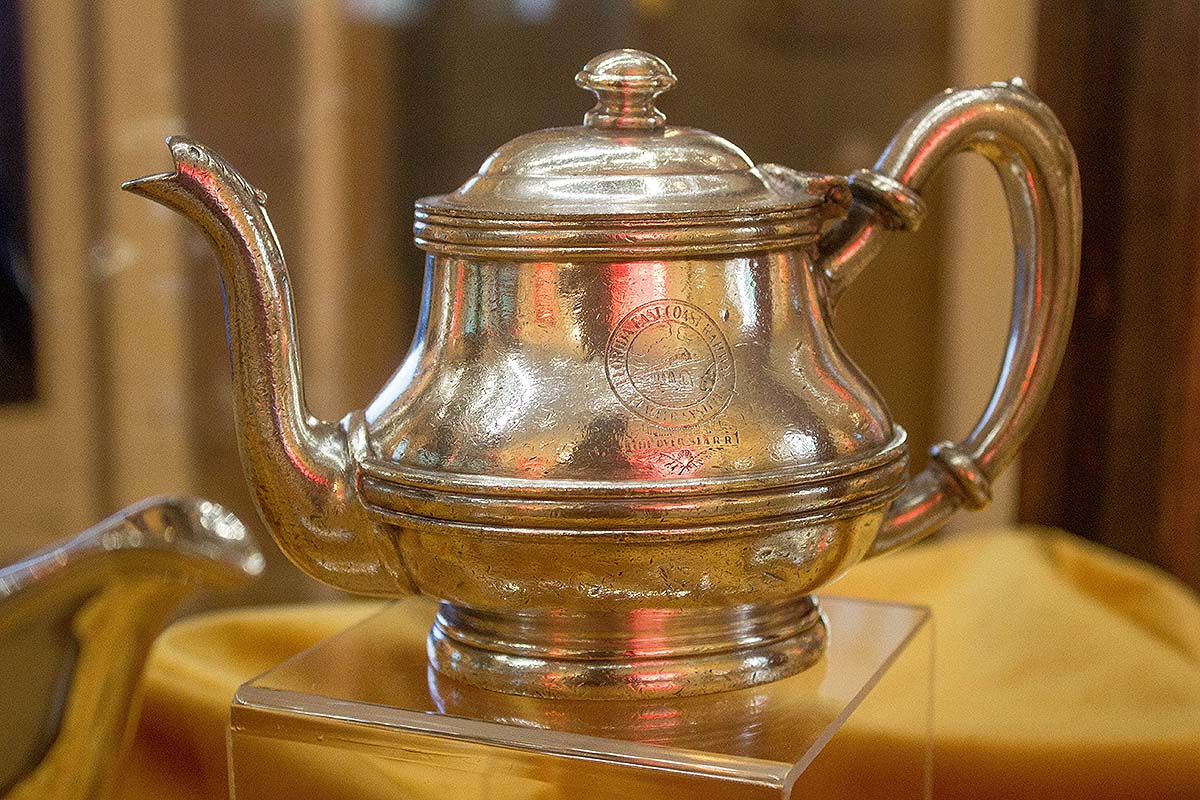Highlights of the museum include displays and video presentations on the history of sponging, turtling, fishing, wrecking, and cigar making. Visitors can view an interpretative model of Fort Jefferson National Park.
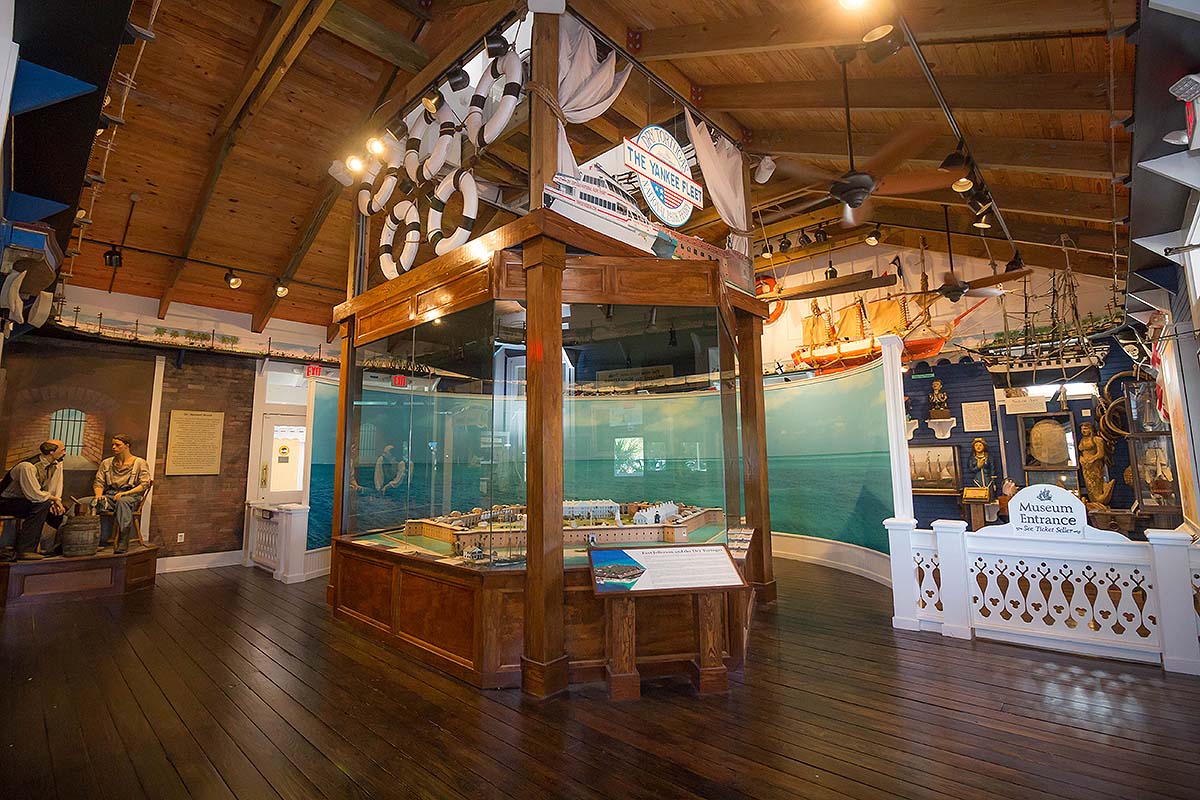
Guests to the Sails to Rails Museum will journey through the Age of Sail, a time when tall ships plied the treacherous waters of the Caribbean, Gulf of Mexico and Florida Keys from the 1500s to early 1900s. These waters were once filled with treasure-laden Spanish galleons, dreaded pirates, merchant ships and more as the New World made its riches known to all who sailed her waters. As a young nation began to grow and her influence grew, the Age of Sail gave way to The Age of Rail. Railroads opened up the frontiers of this emerging nation whose commerce, wealth and independence reached out to many. The United States of America was built on the foundation of its railroads and Florida was certainly no exception. The Age of Rail, particularly for Florida, was an opportunity for expansion.
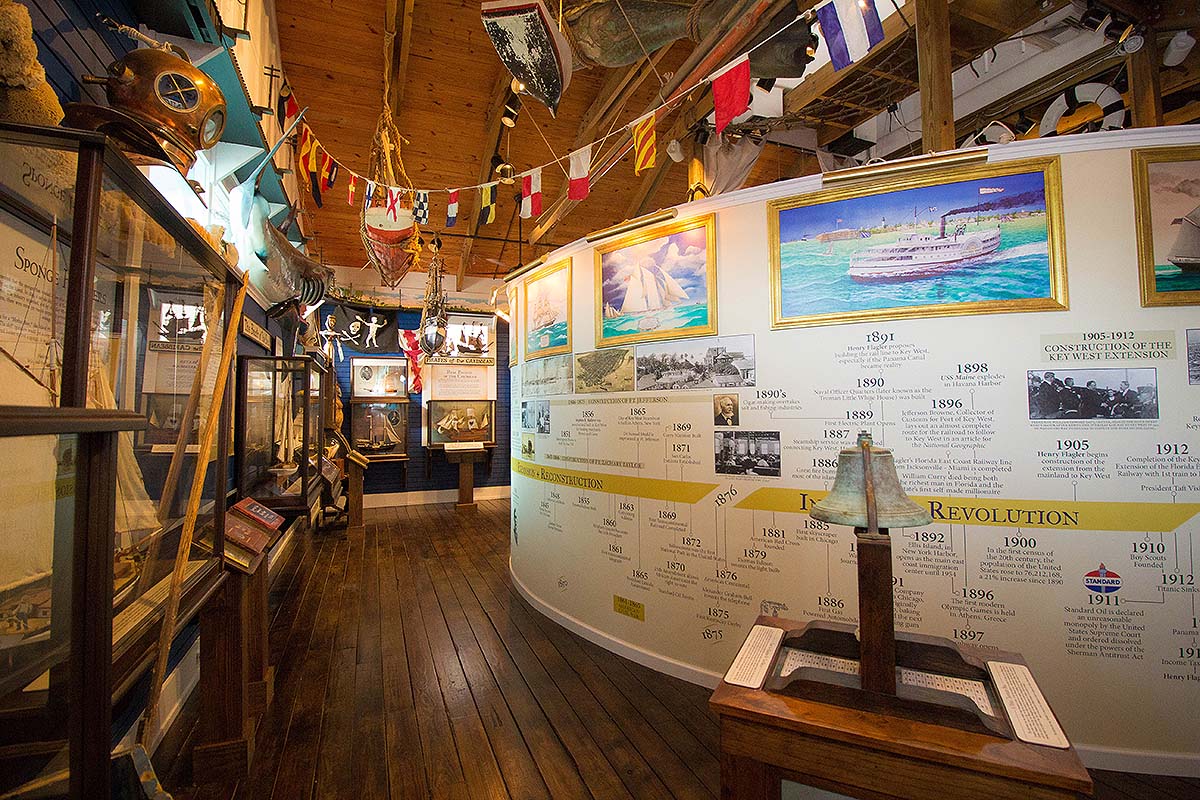
Sail power was used the day the treasure fleets returned from Mexico and South America, initially to rid the Caribbean of piracy, and in the industries that made Key West the richest city per capita in the United States: sponging, turtling, fishing, wrecking, and cigar making.
The end of the Age of Sail came with the beginning of steam power in the 1820s and during the Civil War years of the 1860s, when the vicissitudes of industry gave way to the speed and reliability of steam. Despite its rapid decline, sail remained part of the industrial fabric of Key West until its last ship was built in 1939: The Western Union, the cable tender serving its namesake company.
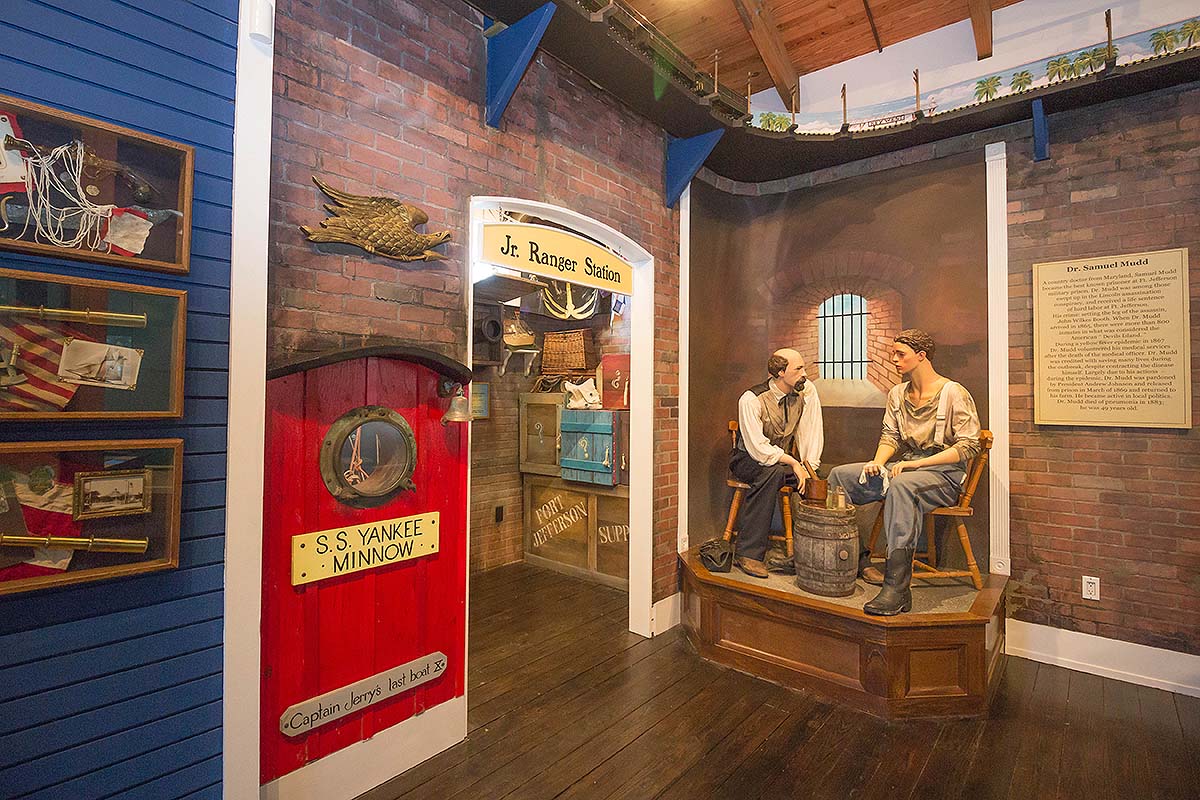
In 1900, the life expectancy of males in the United States of America was a mere 47 years. Henry Flagler was 70 years old and one of the wealthiest men in the world from his partnership with John D. Rockefeller in the founding of the world’s largest company, Standard Oil of New Jersey. For the health of his wife, Henry Flagler first came to Florida in 1885 and became entranced with the dream of seeing it become the country’s Riviera. His aspirations for luxury hotels along the East Coast of Florida developed it into the state it is today.
Realizing that the Panama Canal was going to be completed in 1913, Henry Flagler in 1897, first conceived of establishing a railhead in the southernmost deep-water port of the state: Key West. Thought to be impossible and even labeled “Flagler’s Folly,” the Key West extension was begun in 1905 and was, indeed, an engineering marvel.
